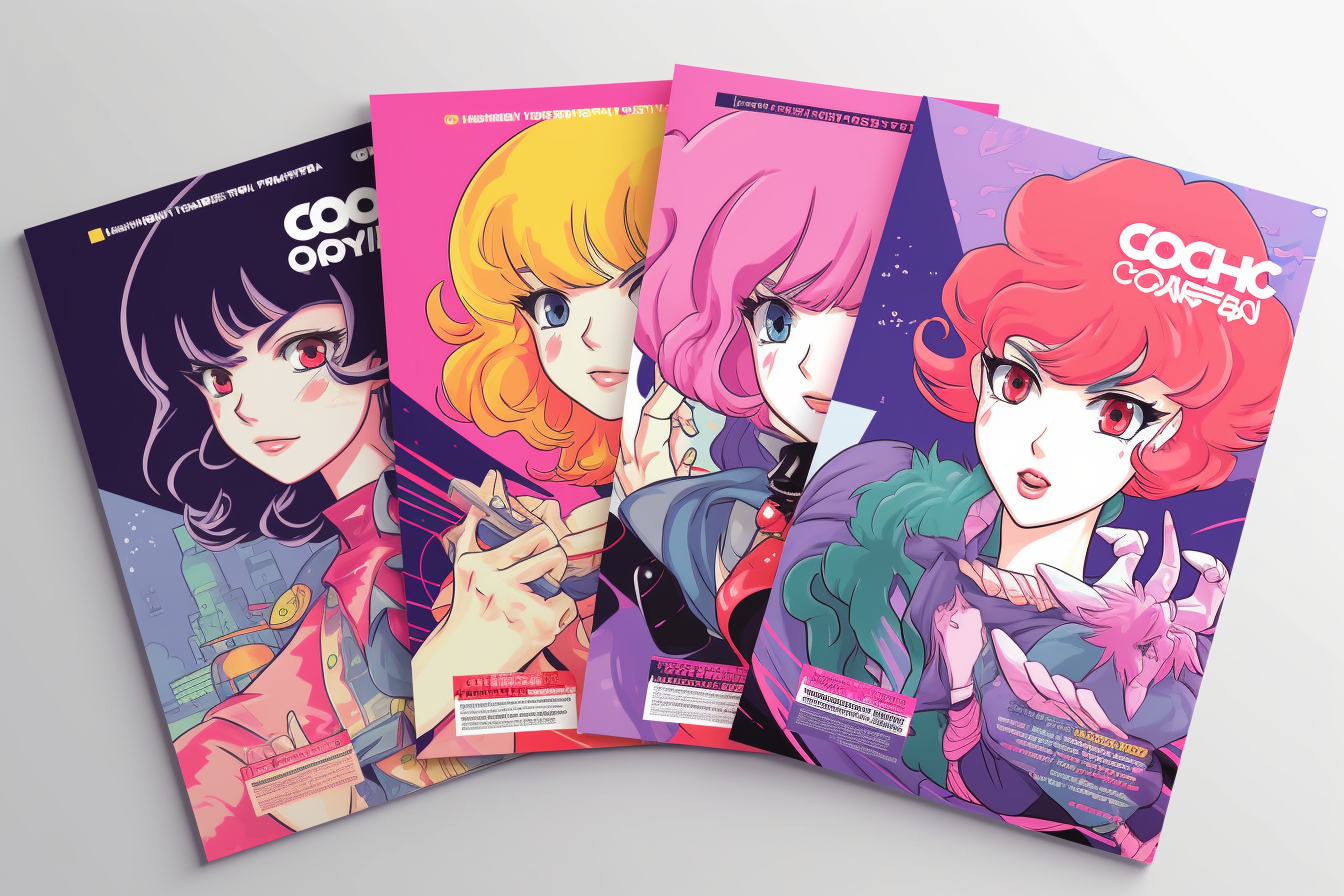Marketing collateral simply refers to a collection of materials and assets that are specifically created and used for marketing and promotional purposes. These materials are designed to communicate key messages about a company, brand, product, or service to the target audience; serving as a means to provide information, generate interest, build brand awareness, and ultimately drive customer engagement and sales.
Marketing collateral can take various forms, including printed materials such as brochures, flyers, catalogs, and product sheets. It can also include digital assets like websites, landing pages, email newsletters, social media graphics, videos, presentations, and infographics. The purpose of marketing collateral is to effectively convey information, highlight product features and benefits, showcase the brand’s value proposition, and ultimately persuade the target audience to take action.
The content within marketing collateral typically includes a combination of text, visuals, and branding elements. The messaging focuses on key selling points, competitive advantages, and compelling calls to action. The design of marketing collateral is often aligned with the brand’s visual identity, utilizing consistent colors, fonts, and imagery to reinforce brand recognition and coherence.
Marketing collateral plays a crucial role in supporting the overall marketing strategy of a company or brand. It helps to create a consistent and unified brand image across different communication channels and touchpoints. By providing relevant and persuasive information, marketing collateral aims to attract and engage potential customers, build trust and credibility, and ultimately drive conversions and business growth.
These collaterals play a pivotal role in promoting a brand, conveying key messages, and attracting customers’ attention. They encompass a wide range of materials, including brochures, flyers, catalogs, presentations, and more. Effective marketing collaterals can significantly impact a company’s success by capturing the essence of its brand and resonating with its target audience. Here, we will explore a step-by-step approach to developing compelling marketing collaterals.
1. Define Your Objectives
Before diving into the creative process, it is crucial to define your objectives clearly. Determine the purpose of your marketing collateral. Are you aiming to increase brand awareness, drive sales, educate customers, or launch a new product? Defining your objectives will provide a roadmap for the entire collateral development process.
2. Know Your Target Audience
Understanding your target audience is essential for developing relevant and engaging marketing collaterals. Conduct market research, collect demographic information, and analyze customer preferences to create a buyer persona. This will help you tailor your collaterals to resonate with your target audience, addressing their pain points and offering solutions.
3. Craft a Compelling Message
Your marketing collaterals should communicate a clear and compelling message. Identify the unique selling propositions (USPs) of your product or service and highlight them in a concise and persuasive manner. Focus on the benefits your offering provides to customers, addressing how it solves their problems or fulfills their desires.
4. Choose the Right Format
Based on your objectives and target audience, select the most appropriate format for your marketing collateral. Common formats include brochures, flyers, presentations, infographics, videos, and social media graphics. Consider factors such as portability, visual appeal, and the ability to convey information effectively.
5. Design and Branding
Effective design and branding are crucial for capturing attention and maintaining consistency across marketing collaterals. Ensure that your collaterals align with your brand guidelines, including the use of colors, fonts, and imagery. Use visually appealing elements and eye-catching graphics to draw attention to key messages while maintaining readability and coherence.
6. Craft Engaging Content
Content is the heart of any marketing collateral. Develop compelling and persuasive content that speaks directly to your target audience. Use clear and concise language, avoiding jargon or complex terminology. Structure your content logically, using headings, subheadings, and bullet points to enhance readability. Incorporate storytelling techniques to evoke emotions and create a lasting impact.
7. Include Relevant Information
Ensure that your marketing collaterals provide all necessary information. Include contact details, website URLs, social media handles, and any other relevant information that helps customers engage with your brand. Incorporate testimonials, case studies, or success stories to build credibility and reinforce your message.
8. Visual Elements and Graphics
Visual elements are vital for capturing attention and conveying information quickly. Utilize high-quality images, illustrations, and graphics that align with your brand and resonate with your target audience. Infographics can be particularly effective for presenting complex data or statistics in a visually appealing and easy-to-understand format.
9. Call to Action (CTA)
Every marketing collateral should include a compelling call to action. Clearly guide your audience on what steps they should take next, whether it is visiting your website, making a purchase, subscribing to a newsletter, or contacting your sales team. The CTA should be prominently placed and designed to encourage immediate action.
10. Review and Test
Before finalizing your marketing collaterals, review and test them thoroughly. Check for errors in spelling, grammar, and design. Seek feedback from colleagues, stakeholders, or even potential customers to ensure that your collaterals effectively convey your message and resonate with your target audience.
Developing effective marketing collaterals requires careful planning, creativity, and attention to detail. By defining clear objectives, understanding your target audience, crafting compelling messages, and utilizing appropriate formats and design elements, you can create collaterals that capture attention, engage your audience, and drive results. Remember to continuously evaluate and update your collaterals to keep them fresh and aligned with your evolving marketing strategy.

